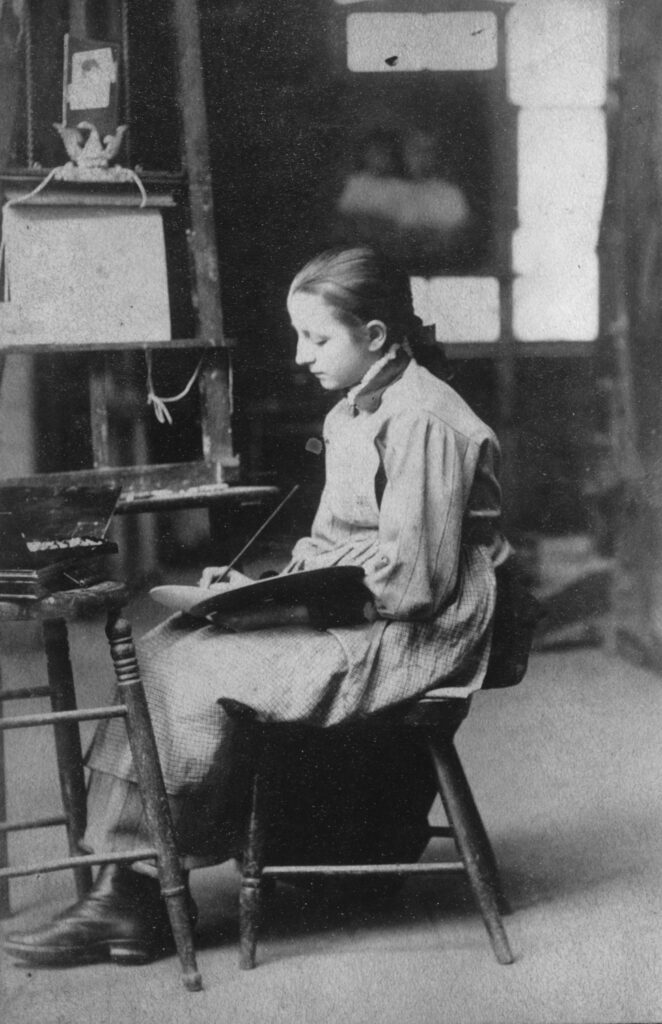
Early advocate for the education of young women in North Carolina, Charles Duncan McIver, was just getting his fledgling college for women off the ground in the early 1890s. And Mary Bayard Morgan [Wootten] (1875-1959), a future student, was in search of a steady income to support herself. Like many women in the late 19th century with few options, Morgan planned to pursue teaching.
State Normal and Industrial School (now UNCG) opened its doors in 1892 to a total of 223 young women by the end of that first year. There were just three departments, including business, domestic science, and teaching. Students of State Normal often began teaching careers, secretarial or clerical jobs, or got married and became homemakers. There were, of course, women doctors or lawyers in the 19th century, but those careers were more rare and were not necessarily accessible to women with little to no income or financial support. Without any education, women commonly worked in textile factories, as laborers in other industries, or as maids or laundresses.
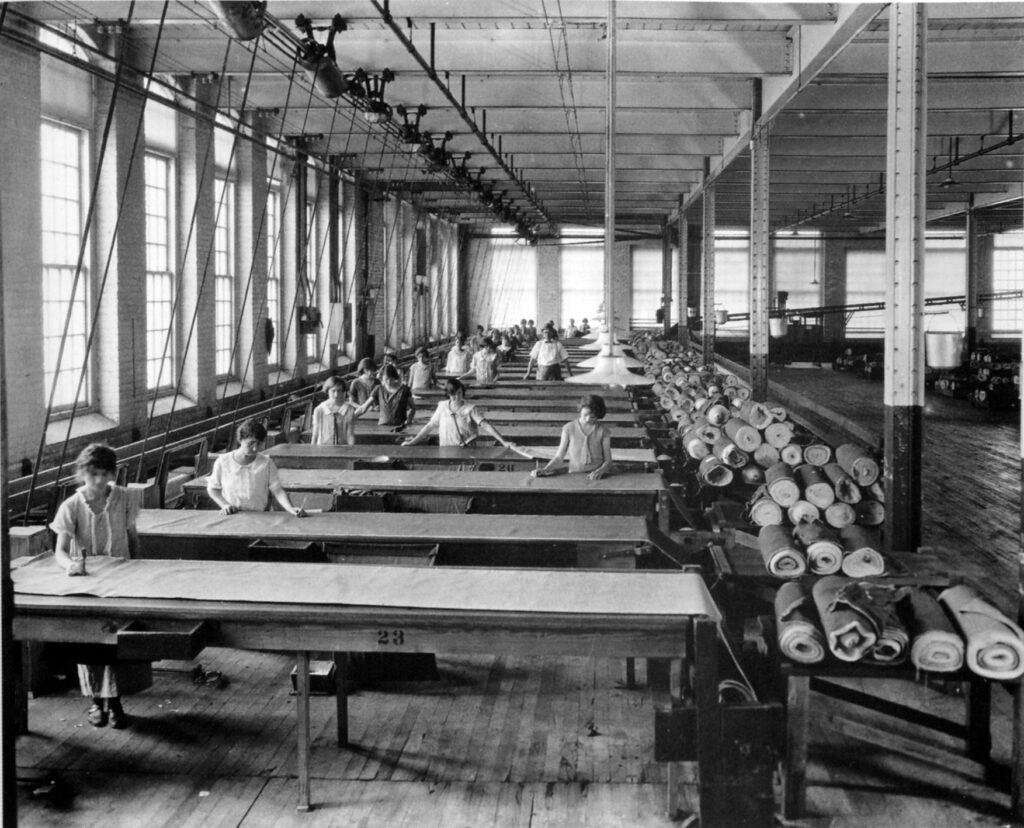
Today, that fledgling school for women has become UNCG, a university open to all genders, offering over 175 majors and concentrations, and hosting approximately 18,000 enrolled students. Though a lot has changed since its inception, including developing a much more inclusive and diverse student body, the mission is not far off Dr. McIver’s initial goal: “The greatest amount of educational opportunity to the greatest number of people…”. (McIver)
Over the years, UNCG has continued to rate well in U.S. News & World Report’s college rankings, especially in the area of promoting social mobility. “Economically disadvantaged students are less likely than others to finish college, even when controlling for other characteristics. But some colleges are more successful than others at advancing social mobility by enrolling and graduating large proportions of disadvantaged students…” (U.S. News) In the 1890s, parents wanting an education and social mobility for their daughters often wrote letters to Dr. McIver requesting admittance for them. One such letter was written by Mary D. Moulton of Craven County, North Carolina on June 30, 1892 on behalf of her daughter, Mary Bayard Morgan.
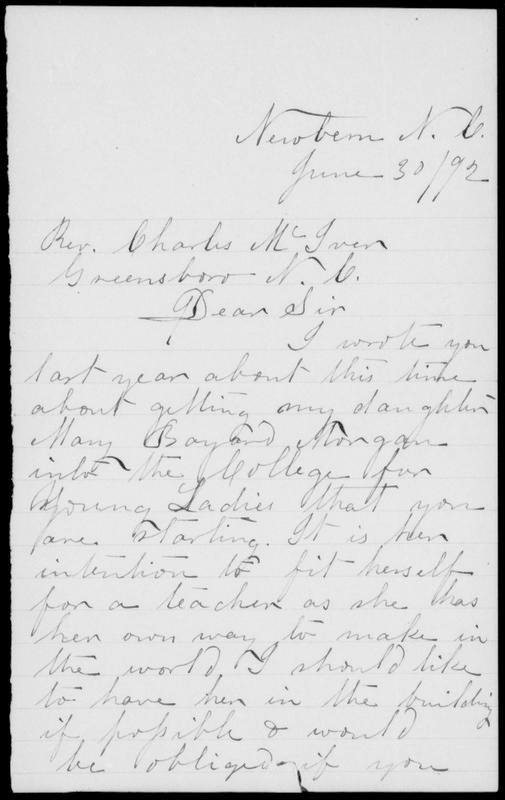
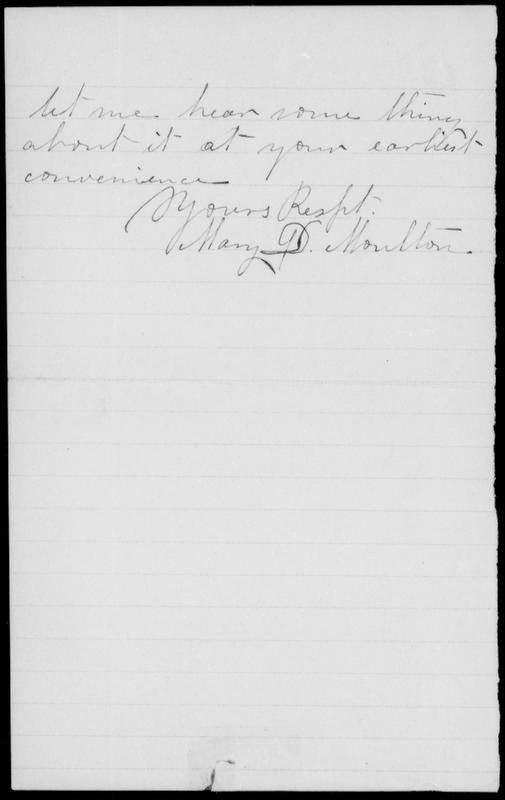
“Dear Sir,
I wrote you last year about this time about getting my daughter Mary Bayard Morgan into the College for Young Ladies that you are starting. It is her intention to fit herself for a teacher as she has her own way to make in the world. I should like to have her in the building if possible and would be obliged if you let me hear some thing about it at your earliest convenience. [sic]
Yours Respt.
Mary D. Moulton“
(Moulton)
Morgan was subsequently admitted in 1892 and attended State Normal until 1894. Due to financial pressures, she left school before obtaining a diploma. School records show that she was enrolled in a variety of classes during her tenure at the school, including Algebra, Geography, English, History, Latin, Psychology, and Industrial Arts. Though Morgan did not leave with a diploma in hand, she did try her hand at teaching. With two uncles teaching in schools for the deaf population, Morgan was likely encouraged by them to take a position “first at the Arkansas School for the Deaf in Little Rock, followed by four years as an art instructor at the Georgia School for the Deaf. While there, she married Charles Wootten with whom she had two sons.” (The Johnson Collection [JC])
After a few years together, in 1901, Charles abandoned his wife, Bayard Wootten, and their two sons, Charles Thomas and Rufus. At least one source reported that Wootten’s husband left his family for the promise of the California Gold Rush. (Asto) Though it made for a more colorful story, the truth seems to have been much less glamorous. Charles Wootten would have been about fifty years late for the peak of the Gold Rush and other sources reported simply that they separated or divorced. (Allen; JC) Bayard Wootten, unable to support herself and her two children alone, moved home to New Bern, North Carolina, and took up decorative painting to earn a living.
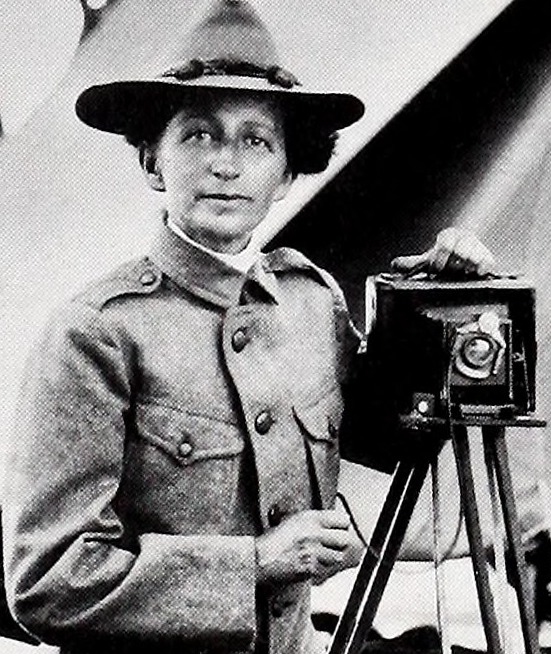
In 1904, Wootten began what would be a pioneering career marked by several notable firsts. “In 1902, she designed the original logo for Pepsi-Cola, the soft drink invented by a neighbor.” (JC) Wootten then received basic photography instruction with a 4×5 camera and opened up her own photography studio next to her house.
As she grew in confidence and skill, Wootten became a groundbreaking photographer. In 1914, she became one of the first women to take an aerial photograph from an airplane–a Wright Brothers Model B plane and the photographs were over New Bern. [English scientist Gertrude Bacon may have been the first woman to take an aerial photograph from a hot air balloon in the 1890s, and later from a hydroplane in 1912.] Truly a pioneer, Wootten was one of very few women taking to the skies with their cameras in the early 20th century. (Mallonee)
Always searching for new sources of income, in 1913, Wootten opened a studio on Fort Bragg and called it The Photo Hut. From there, she became the official photographer of the North Carolina National Guard, which consequently made her the first woman in the National Guard. From its humble beginnings, Wootten’s photography business became successful enough to open yet another location in Chapel Hill in 1928. Her half siblings, George and Celia, partnered with her in the new venture, Wootten-Moulton Studio, and together they ran a successful portrait photography business, including for the yearbook of UNC Chapel Hill and the Carolina Playmakers (now the PlayMakers Repertory Company).(JC; NC Collection Photographic Archives)
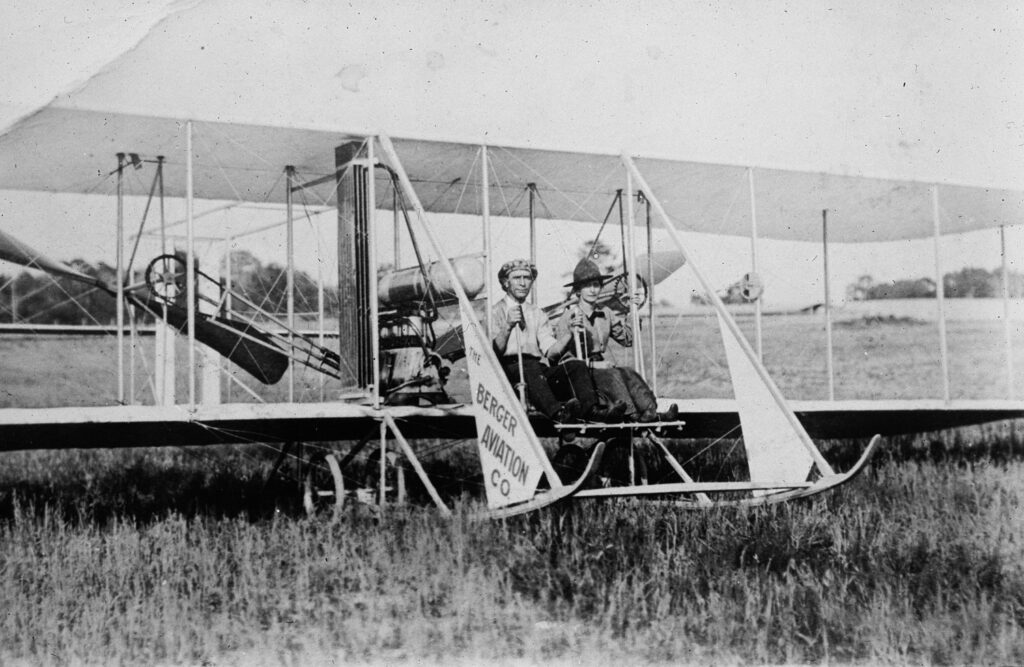
Wootten had purchased her first car in 1918 and began travelling the state to photograph both the people and landscapes of North Carolina. George and Celia Moulton kept the portrait studios running as Wootten was out on location. Wootten eventually sold her Chapel Hill studio in 1954 and returned home to New Bern where she lived until her death in 1959.
Mary Bayard Morgan Wootten was independent, innovative, determined, creative, and steadfast in following her dreams despite her many challenges. She lived an extraordinary life for a single mother in the early 20th century and became a role model for women wishing to pursue a career in photography. Though she was a student at State Normal and Industrial School (now UNCG) for just two years, she has left a rich legacy and is one of many women to have received an education here who have continued on to fascinating, groundbreaking careers.
Written by Suzanne Helms
Allen, H. D. (1996). Wootten, Mary Bayard Morgan. NCpedia. Retrieved from https://www.ncpedia.org/biography/wootten-mary-bayard
Asto, J. C. (2020, March 13). Bayard Wootten: A pioneering female photographer you haven’t heard of. The Phoblographer. Retrieved from https://www.thephoblographer.com/2020/03/13/bayard-wootten-the-pioneering-female-photographer-you-havent-heard-of/
Bayard Morgan Wootten Photographic Collection (1914). North Carolina Collection Photographic Archives, The Wilson Library, University of North Carolina at Chapel Hill.
The Johnson Collection, LLC. JC. Bayard Wootten. The Johnson Collection. Retrieved from https://thejohnsoncollection.org/bayard-wootten/
Mallonee, L. (2022, June 3). In 1920s New York, this woman typist became a pioneering aerial photographer. Smithsonian.com. Retrieved from https://www.smithsonianmag.com/history/in-1920s-new-york-this-woman-typist-became-a-pioneering-aerial-photographer-180980178/
McIver, C. D. (1890s). Statements and Speeches (005). President Charles Duncan McIver Records. Martha Blakeney Hodges Special Collections and University Archives, UNC Greensboro, North Carolina.
Moulton, M. D. (1892, June 30). Request for Admission of Mary Bayard Morgan. New Bern, North Carolina; Craven County.
U.S. News. (2023). 2022-2023 top universities impacting social mobility – US news. U.S. News and World Report. Retrieved from https://www.usnews.com/best-colleges/rankings/national-universities/social-mobility
Wootten, Moulton, and Clarke Family Papers (1766-1960). [Finding Aid]. Wilson Special Collections Library, UNC Chapel Hill, North Carolina.